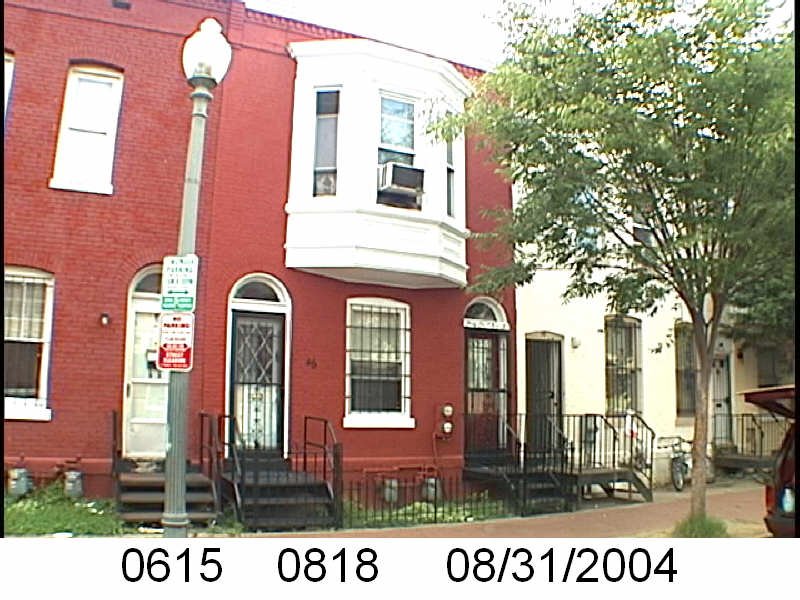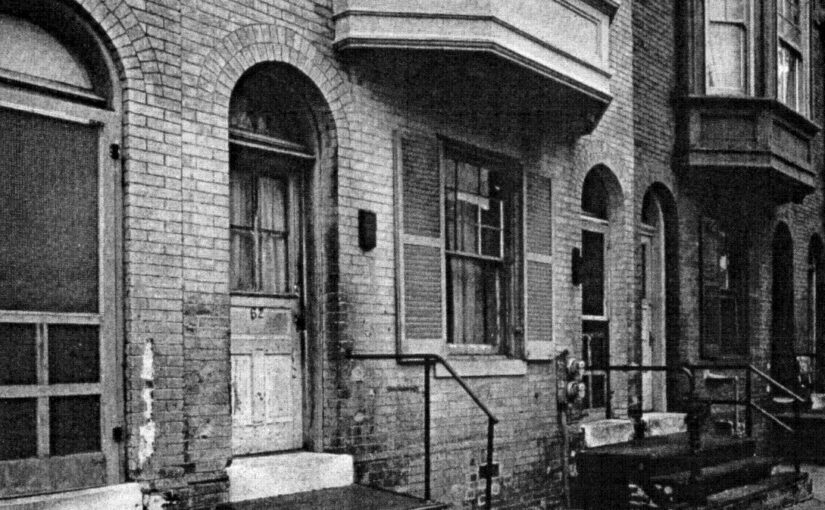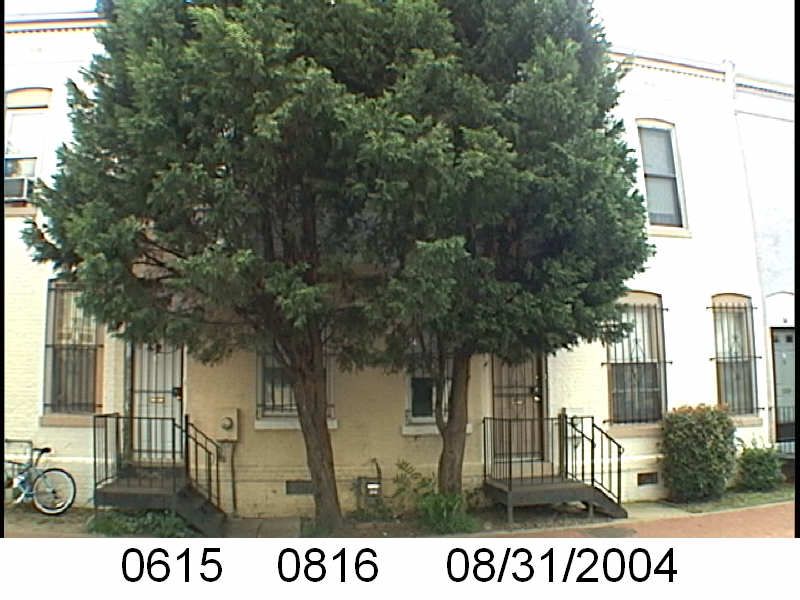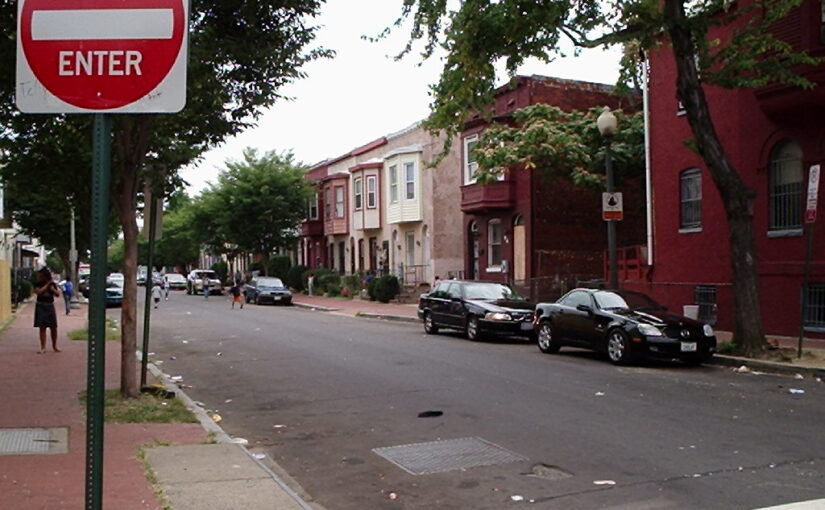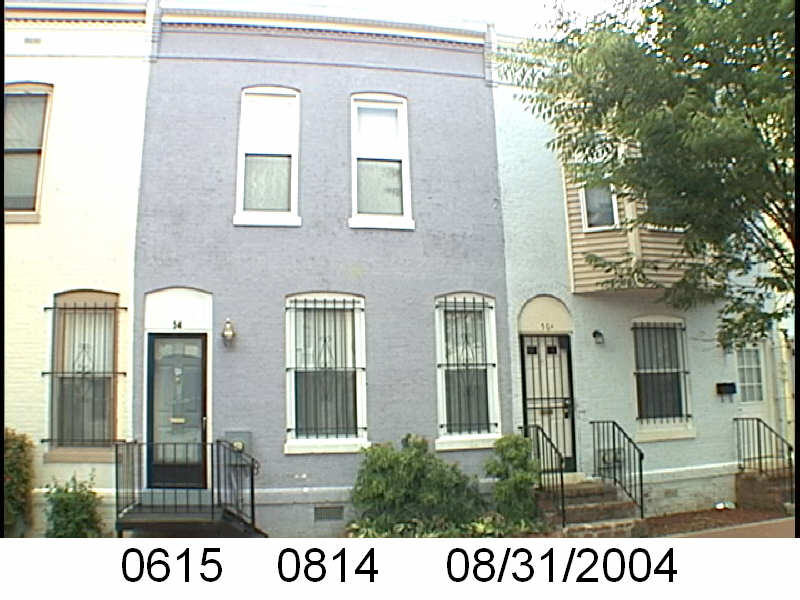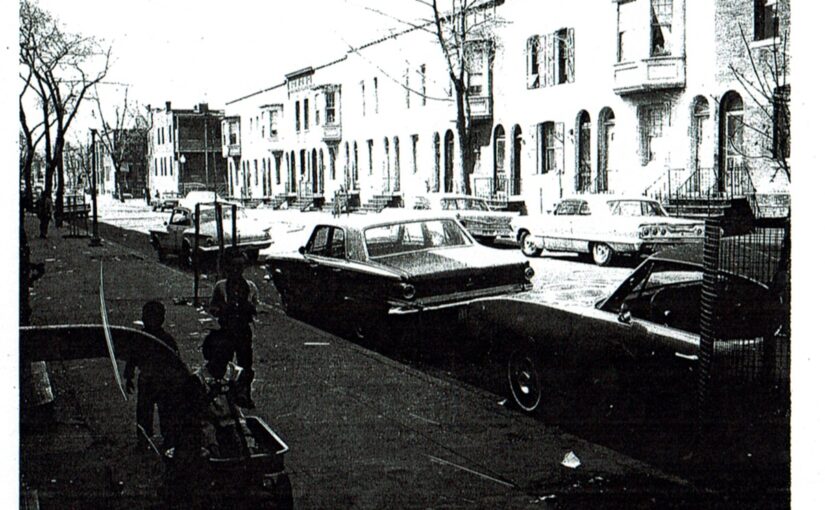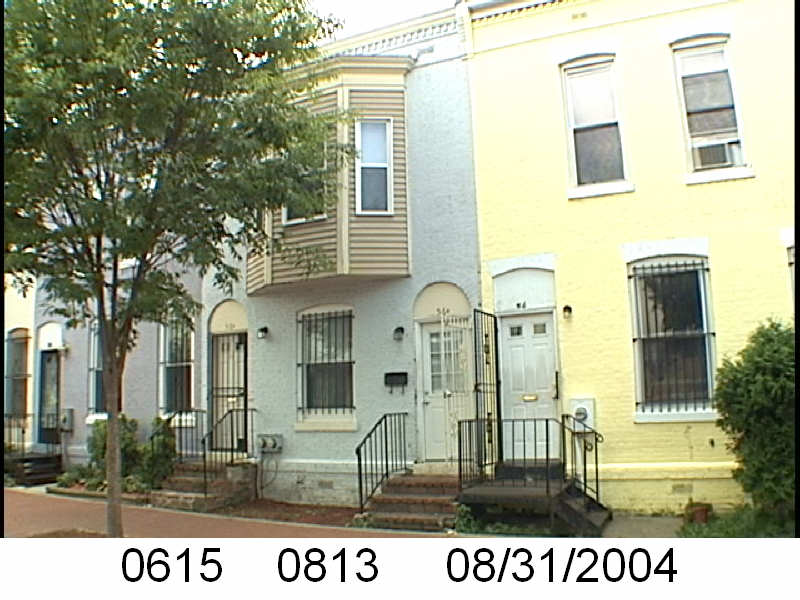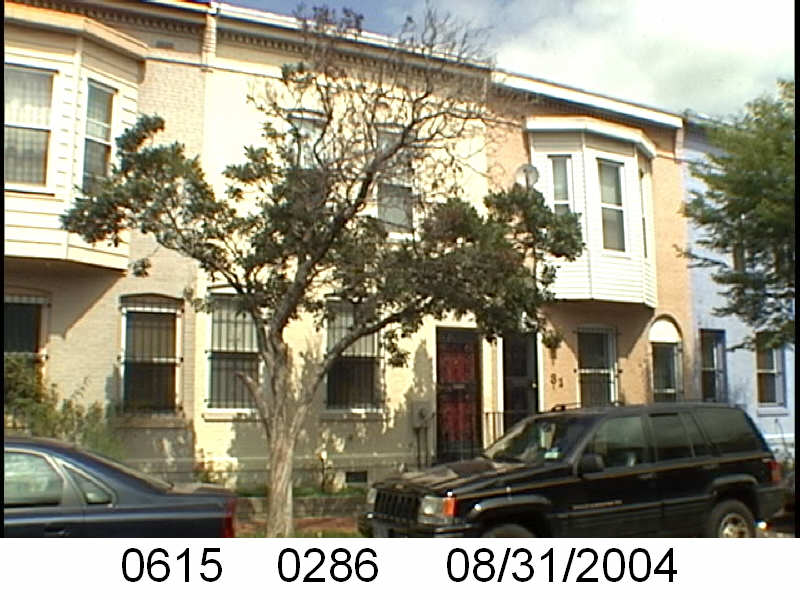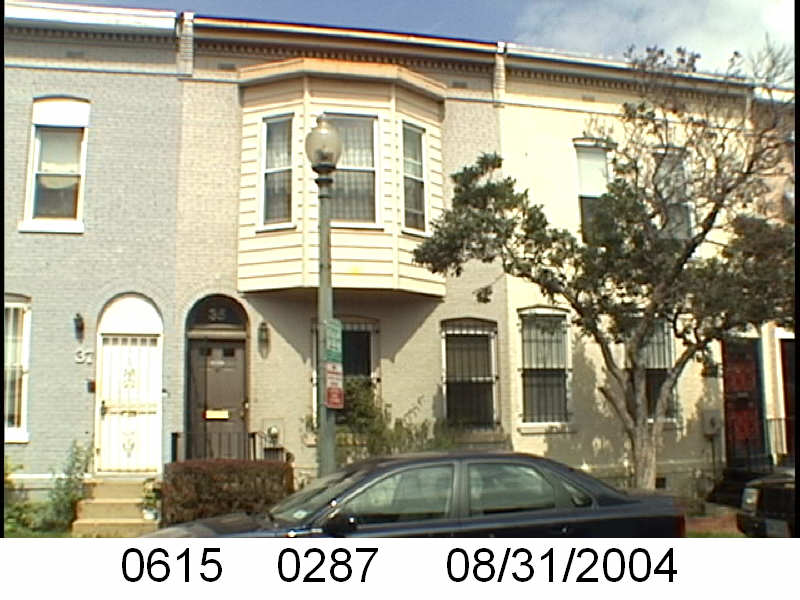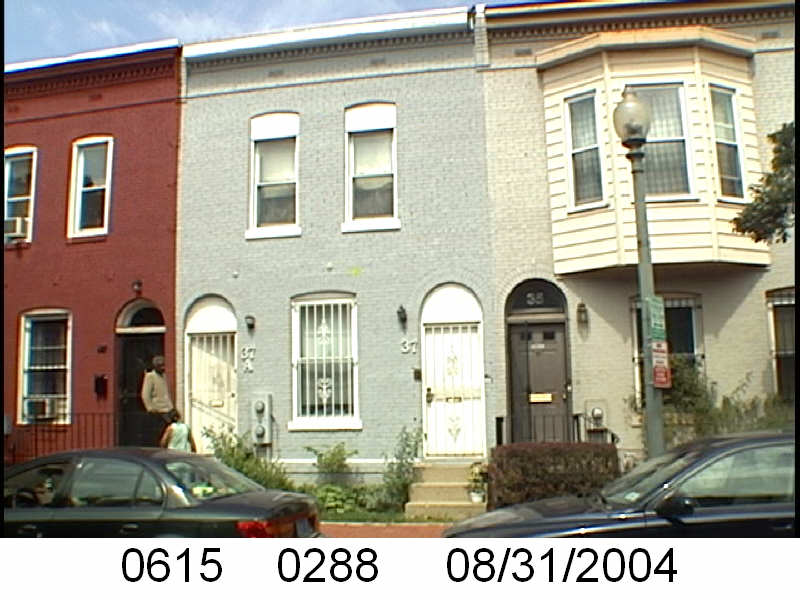The Washington Sanitary Improvement Company (WSIC) was a late 19th century charitable capitalism experiment that ended in the 1950s. This blog started looking at the homes that were supposed to be sold to African American home buyers, after decades of mainly renting to white tenants.
Looking at WSIC properties they tend to have a pattern where the properties were sold to a three business partners, Nathaniel J. Taube, Nathan Levin and James B. Evans as the Colonial Investment Co. for $3 million dollars. Those partners sold to African American buyers. There was usually a foreclosure. Then the property wound up in the hands of George Basiliko and or the DC Redevelopment Land Agency (RLA). Then there were the odd lucky ones who managed to avoid that fate.
Let’s see what happens with 77 Bates St NW:
- January 1951 Evans, Levin and Taube sold the whole of 77 Bates Street NW to Vernie V. Carter and Randolph E. Williams, both married…probably not to each other.
- Jan 1951 Carter and Williams borrowed $5,800 from Colonial Investment Co. favorite trustees Abraham H. Levin and Robert G. Weightman.
- July 1956 Carter and Williams lost 77 Bates to foreclosure and new Colonial partner Harry A. Badt, Evans, and Taube repossessed the property via an auction.
- July 1956 Harry A. Badt and wife Jennie sold/transferred some or all of their interest in the property to Nathan Levin’s survivors.
- March 1959 (doc 1959019387) Badt, Evans, Taube, Nathan Levin’s survivors and their spouses sold 77 Bates and other properties on the block to Sophia and George Basiliko.
- Sometime in the 1970s, there is no document found, noted slum landlord George Basiliko sold 77 Bates to the DC Redevelopment Land Agency.
- In 1978 (no document but a contract 7800024140) the DC Redevelopment Land Agency sold 77 Bates to the Bates Street Associates, Incorporated (BSA).
- September 1980 the BSA, Incorp. transferred the property to the Bates Street Associates Limited Partnership. Is there a difference between the two? No idea. Anyway… that happened.
- April 1982 the Bates Street Associates Limited Partnership sold the property back to the District of Columbia.
It fits the pattern.
So I was curious about Randolph E. Williams and Vernie V. Carter. I found people but I don’t know if these are the same people. The most likely Vernie Carters of all the Vernie Carters was a Vernie V. Carter, a 31 year old Af-Am woman who was working and living as a maid for a White family (the Art Brown family) in 1940 Arlington, VA. She was listed as married. Randolph E. Williams could be Randolph Ernest Williams Sr.
The Randolph E. Williams I picked, I found was born in Virginia in 1913. He listed Mrs. Vernie Virginia Carter, his sister, on his World War II draft card. She lived in Arlington, VA. Vernie had married Hampton Carter and had at least one child. Anyway, Randolph married Hildegarde Anita Burns in 1940. In the 1950 census he lived at 4105 4th St SE with his wife and their 3 children. He worked as a janitor.
It is interesting that brother and sister tried to be homeowners or landlords. A quick search showed that in 1963 he and wife Hildegarde bought 831 Xenia Street SE. Records from 2006 mention Hildegarde’s death on October 19, 2003. So the foreclosure was a temporary setback.

